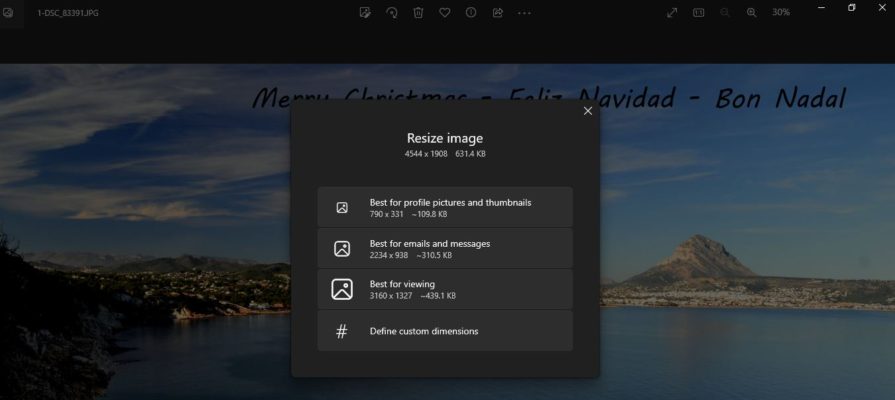On Thursday 1st December we looked at several options for creating digital Christmas cards, thus saving on postage!
Chris ran through a selection of digital card sites, some of which offer free templates. This Nov 2022 Lifewire article summarised what the authors liked and disliked about the various offerings.
The 7 Best Digital Christmas Card Sites of 2022 – Find silly, elegant, sweet, and beautiful cards
https://www.lifewire.com/best-electronic-christmas-cards-sites-2654514
Most sites offered a free trial, some were utterly free while others asked for membership. The most popular site used by members was Jacquie Lawson Greetings cards. Chris remarked that she had grown tired of receiving these because the website kept sending e-mails badgering her to open the card, and unlike a physical card received through the post, the sender gets a notification that you have actually looked at it. The same templates are also used by several different friends – so it seems a bit impersonal.
We also looked at Greetingsisland.com which offers templates for printable greetings cards which can also be sent electronically: https://www.greetingsisland.com/cards/holidays/christmas
We noted that the JCC had given a session on electronic greetings in 2021 and there were some useful links and resources here: https://javeacomputerclub.com/2021/04/18/electronic-greetings/
If you want to send a Christmas Greeting to a WhatsApp group – why not send an animated GIF with a message underneath? https://www.funimada.com/christmas-cards/

Chris noted that you can easily make your own e-card from a personal photograph. Chris used Picasa in the past, however for a more modern option open the photo in Windows Paint 3D, This enables you to add text and stickers and then save the image as a PNG or JPG – both of which are digital formats for the web. Ensure the saved image has a small file size if you are going to send it in an e-mail since image files use up the recipient’s online mail storage space. (Chris forgot to demonstrate opening an image file in Windows Photos and using it to resize the image – see below)

An alternative to sending actual photos is to send a link to a photo or Google web album. In this way, the photos are not downloaded to the recipient’s device, they simply look at the images on the Web. A nice touch with Google WebAlbums is that you can add text to make the album into a photo blog. A Web album can be shared with specific people (but they have the inconvenience of logging in with their credentials to see it) – or you can create a link so that anyone who has the link can see it.
Here’s an example of a Google WebAlbum with text that Chris made about the Casa de Las Memes on la Plana above Xàbia Port: https://photos.app.goo.gl/g3tpgNVHRYJYzdfW8
Another possibility is to make a video clip and share it on YouTube. Anyone with a Gmail account can upload a video to YouTube. An attractive video with music can also be created from a series of still photos using software such as Photofilmstrip which Chris demonstrated in 2019.
Photofilmstrip (now called Photo stage: https://www.nchsoftware.com/slideshow/index.html)
Creates movies out of your pictures in just 3 steps. First, select your photos, choose your background music file, customize the motion of the transition and render the video. There are several output possibilities for VCD, SVCD, DVD up to FULL-HD. The effect of the slideshow is known as “Ken Burns”. Comments on the pictures are generated into a subtitle file. Here’s a link to the free version: https://www.nchsoftware.com/slideshow/pstagefree.exe
Note: YouTube compresses the video a bit, so the quality is not quite as good as the original. Here’s the YouTube version of the pan and zoom slideshow movie Chris demonstrated in 2019 (it’s nothing to do with Christmas mind!) https://youtu.be/UE481DI6b4k
